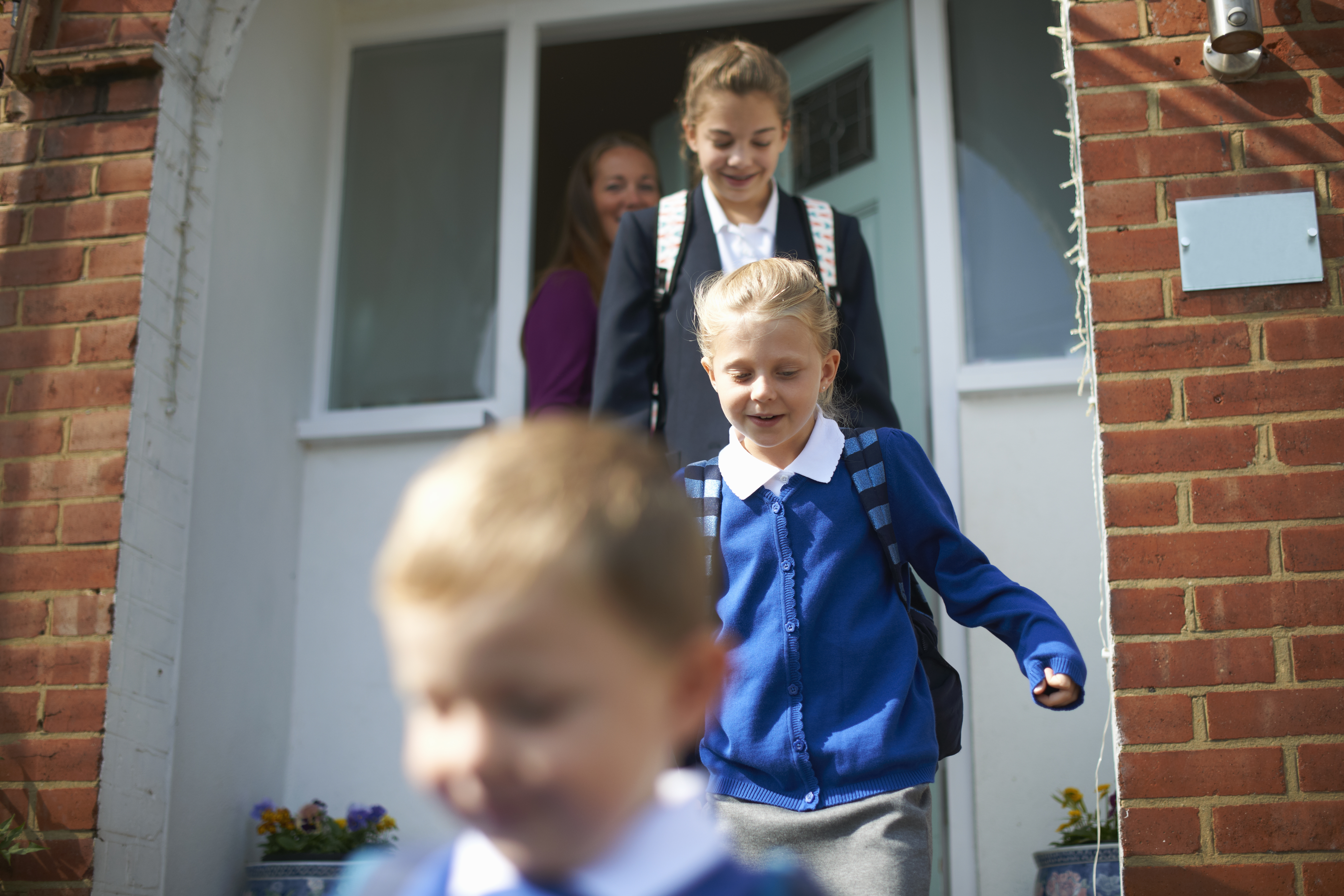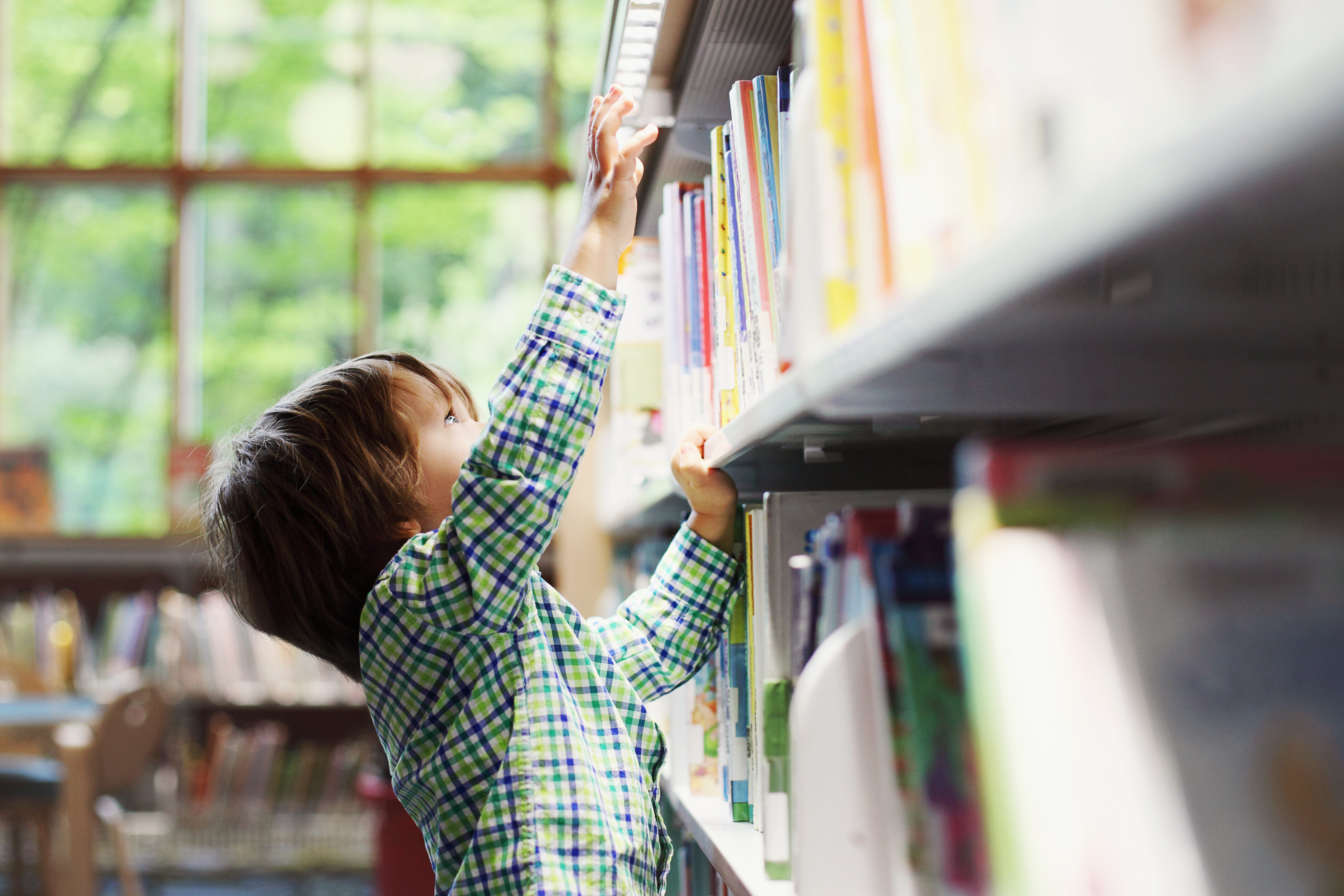When schools reopen on March 8, face masks will be more prevalent than ever before.
Secondary school pupils will have to wear masks in classrooms during lessons “unless social distancing can be maintained”. In fact, they’ll be required to wear masks “in all indoor environments” for the rest of term, with P.E being one of the few exemptions.
In primary schools, however, pupils aren’t required to wear them – but staff will. The World Health Organisation (WHO) recommends mask-wearing for all over 12s, and says masks should be considered for 6-11 year olds in some circumstances.
Children in the latter age group may need to wear masks if “there is widespread transmission in the area where the child resides”, says the WHO. So, does the UK school policy go far enough? We spoke to the experts to find out.

Dr Julian Tang, a consultant virologist and expert in respiratory sciences at the University of Leicester, says it would help reduce virus transmission if all children wore face masks, particularly as schools reopen.
“Children have been doing this in other Western countries – including France and the United States – in preparation for schools reopening,” he tells HuffPost UK. “Southeast Asian countries who experienced SARS 2003 – so have grown up in this masking culture – have been doing this all year.”
Studies have indicated that universal mask wearing (in countries such as Taiwan, Vietnam, Thailand, Hong Kong) contributes to the effective control of this virus, Dr Tang adds.
“This will apply to the new variants also, as lab-based studies have shown that universal masking reduces overall virus shedding (using influenza virus) from the source as well as exposure to the recipient,” he says.
If all children wore masks when returning to UK schools, it could “prevent the rapid close-range aerosol transmission during normal conversation that kids always have,” Dr Tang says.
He recommends mask wearing alongside other measures, such as opening windows – “to improve ventilation and reduce overall airborne virus concentration” – and keeping class sizes small – “to reduce crowding and improve social distancing”.
But transmission prevention is only half the story. The health implications need to be balanced against the emotional and developmental risks of requiring children to wear masks, says child psychologist Dr Amanda Gummer.
“Young children may not understand why they need to wear masks and so may be confused,” she says.
Mask wearing could be turned into a game to help some children “process it without too much difficulty”, but this wouldn’t help all children.
“For young children who have difficulty interpreting social and emotional cues, they are likely to be further disadvantaged as facial expressions form a large part of non-verbal communication,” she explains.
“Children who are hard of hearing will also not be able to lip read and those who are shy and struggle to speak out may have their contributions to discussions missed, as no one will know they are trying to talk if they don’t see their mouths moving. Children who mumble will miss out on opportunities to speak out.”
Dr Tang agrees the potential emotional implications of young children wearing masks in the UK should not be overlooked. “This is really a cultural thing,” he says. “Southeast Asian children have grown up with this culture since SARS 2003, so are more familiar with it and can adapt to it easier and better, just like using chopsticks versus knife and forks.”
Older children are more able to understand the science behind mask-wearing, so Dr Gummer expects most secondary school pupils will be able to cope with wearing them.
“The important thing for the older children is that they’re able to spend time with their friends,” she says. “If they need to wear a mask, most of them will accept that. Again, there’s a potential issue with shy children getting over-looked more, but I’d expect this to be less of an issue than in the younger age group. ”
Epidemiologically, it’s also more vital for older students to protect themselves and their peers from the virus, adds Dr Tang, so it’s a good thing mask-wearing has been extended in secondary schools.
“Secondary school children are more like adults,” he says. “They’re at higher risk of both transmitting and acquiring SARS-COV-2 infection and are also at risk of more severe Covid-19 disease due to their older age.”
Children of all ages have also been found to be affected by long Covid – which is something else to consider if you’re debating buying a mask for your child.
Ultimately, though, the government states children in primary school don’t need to wear a face covering. In other settings, while the Department of Health and Social Care (DHSC) advises that children under the age of 11 don’t need to wear face masks, whether they do or not is ultimately up to parents.




